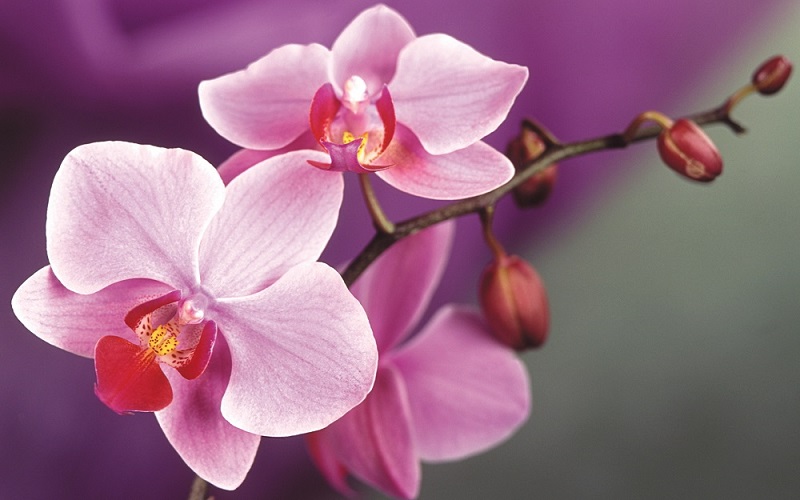Souvenir Sheet: Orchids & Owls (Cinderellas 2003)
Orchids & Owls (Cinderellas 2003)
01 January (Cinderellas ) within release Afghanistan goes into circulation Souvenir Sheet Orchids & Owls face value 100,000 Afghan gram
| Souvenir Sheet Orchids & Owls in catalogues | |
|---|---|
| Colnect codes: | Col: AF 2003-03B |
Souvenir Sheet is square format.
This item was illegally produced without the authorization of the postal administration inscribed on the stamps. They have no postal validity.Also in the issue Afghanistan:
- Stamp - Butterfly and orchid face value 20,000;
- Stamp - Butterfly and orchid face value 20,000;
- Stamp - Butterfly and orchid face value 20,000;
- Stamp - Butterfly and orchid face value 20,000;
- Stamp - Butterfly and orchid face value 20,000;
- Stamp - Butterfly and orchid face value 20,000;
- Stamp - Butterfly and orchid face value 20,000;
- Stamp - Butterfly and orchid face value 20,000;
- Stamp - Butterfly and orchid face value 20,000;
- Stamp - Orchids & Owls face value 100,000;
- Souvenir Sheet - Orchids & Owls face value 100,000;
- Mini Sheet - 75th Birhtday of Mickey Mouse face value 6*30000;
- Souvenir Sheet - 75th Birhtday of Mickey Mouse face value 100,000;
- Souvenir Sheet - 75th Birhtday of Mickey Mouse face value 100,000;
- Souvenir Sheet - 75th Birhtday of Mickey Mouse face value 100,000;
- Souvenir Sheet - 75th Birhtday of Mickey Mouse face value 100,000;
- Souvenir Sheet - 75th Birhtday of Mickey Mouse face value 100,000;
- Souvenir Sheet - 75th Birhtday of Mickey Mouse face value 100,000;
- Mini Sheet - Eagles face value 9*20000;
- Mini Sheet - Orchids & Owls face value 9*20000;
- Mini Sheet - Orchids & Owls face value 9*20000;
- Souvenir Sheet - Orchids & Owls face value 100,000;
Souvenir Sheet Orchids & Owls it reflects the thematic directions:
Animals are multicellular, eukaryotic organisms of the kingdom Animalia (also called Metazoa). All animals are motile, meaning they can move spontaneously and independently, at some point in their lives. Their body plan eventually becomes fixed as they develop, although some undergo a process of metamorphosis later on in their lives. All animals are heterotrophs: they must ingest other organisms or their products for sustenance.
Birds (Aves), a subgroup of Reptiles, are the last living examples of Dinosaurs. They are a group of endothermic vertebrates, characterised by feathers, toothless beaked jaws, the laying of hard-shelled eggs, a high metabolic rate, a four-chambered heart, and a strong yet lightweight skeleton. Birds live worldwide and range in size from the 5 cm (2 in) bee hummingbird to the 2.75 m (9 ft) ostrich. They rank as the class of tetrapods with the most living species, at approximately ten thousand, with more than half of these being passerines, sometimes known as perching birds. Birds are the closest living relatives of crocodilians.
A flower, sometimes known as a bloom or blossom, is the reproductive structure found in plants that are floral (plants of the division Magnoliophyta, also called angiosperms). The biological function of a flower is to effect reproduction, usually by providing a mechanism for the union of sperm with eggs. Flowers may facilitate outcrossing (fusion of sperm and eggs from different individuals in a population) or allow selfing (fusion of sperm and egg from the same flower). Some flowers produce diaspores without fertilization (parthenocarpy). Flowers contain sporangia and are the site where gametophytes develop. Many flowers have evolved to be attractive to animals, so as to cause them to be vectors for the transfer of pollen. After fertilization, the ovary of the flower develops into fruit containing seeds. In addition to facilitating the reproduction of flowering plants, flowers have long been admired and used by humans to beautify their environment, and also as objects of romance, ritual, religion, medicine and as a source of food.
The Orchidaceae are a diverse and widespread family of flowering plants, with blooms that are often colourful and often fragrant, commonly known as the orchid family. Along with the Asteraceae, they are one of the two largest families of flowering plants. The Orchidaceae have about 28,000 currently accepted species, distributed in about 763 genera. The determination of which family is larger is still under debate, because verified data on the members of such enormous families are continually in flux. Regardless, the number of orchid species nearly equals the number of bony fishes and is more than twice the number of bird species, and about four times the number of mammal species. The family also encompasses about 6–11% of all seed plants. The largest genera are Bulbophyllum (2,000 species), Epidendrum (1,500 species), Dendrobium (1,400 species) and Pleurothallis (1,000 species). The family also includes Vanilla (the genus of the vanilla plant), Orchis (type genus), and many commonly cultivated plants such as Phalaenopsis and Cattleya. Moreover, since the introduction of tropical species into cultivation in the 19th century, horticulturists have produced more than 100,000 hybrids and cultivars.
Owls are birds from the order Strigiformes, which includes over 200 species of mostly solitary and nocturnal birds of prey typified by an upright stance, a large, broad head, binocular vision, binaural hearing, sharp talons, and feathers adapted for silent flight. Exceptions include the diurnal northern hawk-owl and the gregarious burrowing owl.
Flora is the plant life occurring in a particular region or time, generally the naturally occurring or indigenous—native plant life. The corresponding term for animal life is fauna. Flora, fauna and other forms of life such as fungi are collectively referred to as biota. Sometimes bacteria and fungi are also referred to as flora, as in the terms gut flora or skin flora.






